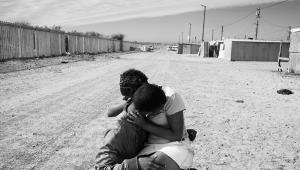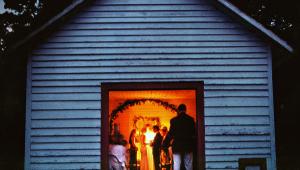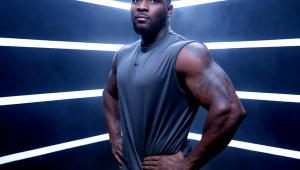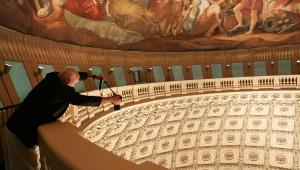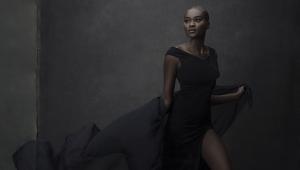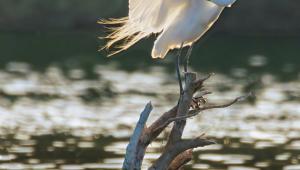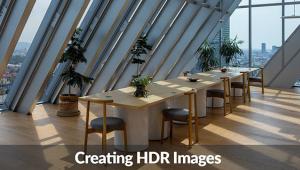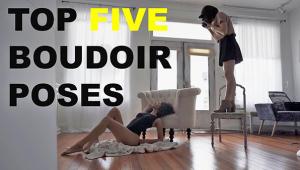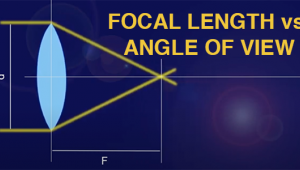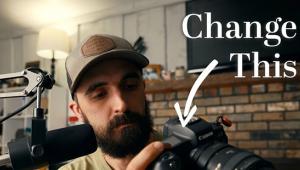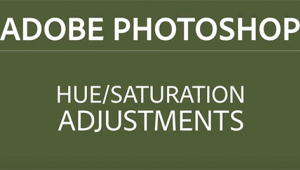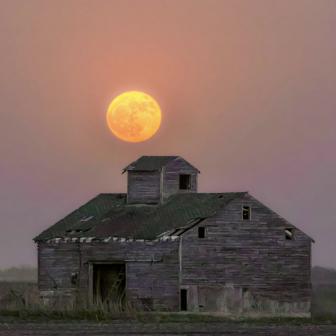5 Lighting SECRETS that Will Help You Capture the PERFECT Portrait

(Editor's Note: Exploring Light is a monthly Shutterbug column featuring tips, tricks, and photo advice from professional photographers in Canon's Explorers of Light education program. This month's column is by Roberto Valenzuela who shares his lighting secrets for portraits.)
When I was invited to create five lighting tips for this Exploring Light column, my initial thought was to avoid common lighting tips you’re familiar with and likely using now. Instead, I wanted to offer a few tips and techniques that have benefited me throughout my career while shooting portraits.
My goal with these lighting tips for portrait photography was to challenge you and give you some tools to become an expert at understanding light and how to find the highest caliber natural light available to you wherever you go and use it to your advantage.
Tip 1: Have a lighting benchmark

When shooting with natural light, I strongly believe you need to begin with a benchmark in mind regarding the quality of light. Your goal should be to begin with a level of quality light that is quantifiable.
For example, not all-natural light falls the same way within your surroundings. The quantity (and to some extent quality) of light could literally double just a few feet from where you may be standing.
In my book, “Picture Perfect Lighting,” I shared the benchmark I use when photographing people. Here it is:
Outdoor Sunny Day Lighting Benchmark:
Shutter: 1/500
Aperture: f/4
ISO: 100
Cloudy Day or Large Open Shade Benchmark:
Shutter: 1/500
Aperture: f/4
ISO: 400
Indoors Benchmark:
Shutter: 1/500
Aperture: f/4
ISO: 800
These benchmarks, when used in conjunction with their specific lighting conditions (sunny / open shade / indoors), will get you very close to the quality of light that would provide a good exposure on your subject’s face. You may need to make slight adjustments to your settings to suit the specific light you have, or for personal preference. The point is, it is better to find the light to match these benchmark settings rather than changing camera settings to fit the light.
I always give myself some flexibility equal to a one-f/stop from my initial benchmark settings. For example, if I’m shooting a client outdoors on a sunny day, and I can’t find the light quality needed to reach the outdoor sunny day benchmark, I’m ok dropping the benchmark to one-stop under. This means my shutter speed would be 1/250 instead of 1/500. I consider one-stop under the benchmark totally ok. Two-stops under would not be good.
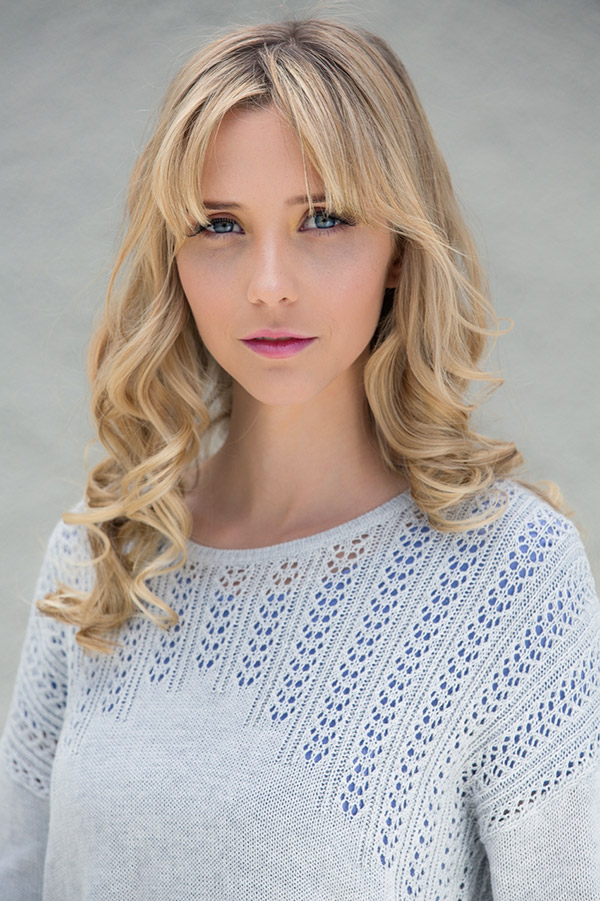
Why do I have lighting benchmarks? This “system” has been responsible for my largest growth as a photographer when photographing people in natural light. It gives me an easy to follow “Good, Better, Best”’ scenario when working with just the sun.
Without it, you are essentially “shooting blind.” If the light is bad, you could simply increase the ISO to whatever level needed to make that poor quality of light work. But as photographers, we should want more than settling for low-quality light. We should be masters at finding the most amazing quality of light everywhere we go, cloudy or sunny.
You can accomplish this if you train your eye to recognize the quality of light at these benchmark settings. Even if you don’t use these benchmark settings with paying clients, you could (and should) use them for training purposes. Training your eye to quickly recognize superior pockets of light will never serve you wrong. Try them!
It’s not easy to find pockets of light that will allow you to have a good exposure on your subject’s face at these benchmark settings, but if you keep trying, keep looking, and keep pushing, you will begin to discover these amazing little gifts of light with higher frequency.
Tip 2: Not all light modifiers come from camera stores
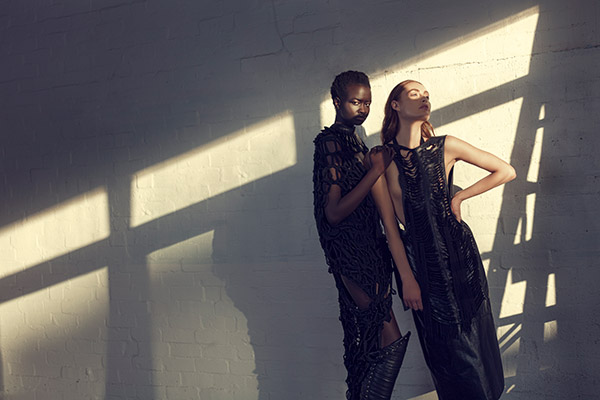
Become an avid observer of the objects and structures around you as they all reflect or absorb light in different ways. As you read this, look around you? What objects do you see? What are their shapes, texture, and color?
Photographers can’t carry every piece of equipment out there to every location. We only have two hands. But if you want to create flattering light on your subjects using only a flash or the sun, what do you do? One of the most important skills we have as photographers is the ability to predict how the sun-light or the light from our flashes would react when it strikes any surface (or subject).
For example, imagine you are doing a photoshoot in your neighborhood, and you are walking around with your client. Suddenly, there is a big white building to your right directly illuminated by the sun. Well, that building is actually acting like a huge light modifier creating the softest and most flattering light imaginable. At this point, you would stand close to the building with your back to the building and let that large flattering light source illuminate your subjects.
A traditional white box truck is a perfect light modifier! I have taken several photos of clients during paid shoots using the amazing light of a white box truck. Any white metal surface directly hit by the sun provides a strong light source. Hard light such as this can be a showstopper if used properly on your subjects.
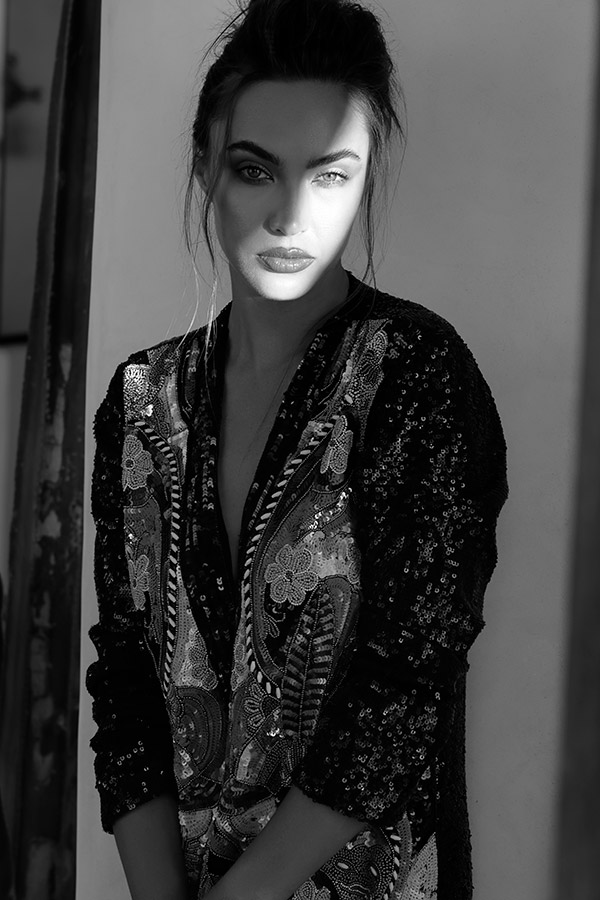
The same goes for a mirror. A small mirror or any side view mirror from a car can provide this kind of uber strong light source. There are also objects such as thin materials, cloths, fabrics, frosted windows, etc. that allow the light to pass through in different ways. These are opportunities!
Last but not least, look for interesting shadow graphics on the wall from the sun. As the sun hits tree branches, window frames, buildings, etc. it will consequently create some very interesting graphics on walls. These graphics are great gifts because it would be incredibly difficult to replicate these designs artificially. Be smart with the naturally occurring light modifiers around you. Think of it as a fun scavenger hunt in search of great light.
Tip 3: Darken the Ambient – Light-Up the Subject – Highlight Something
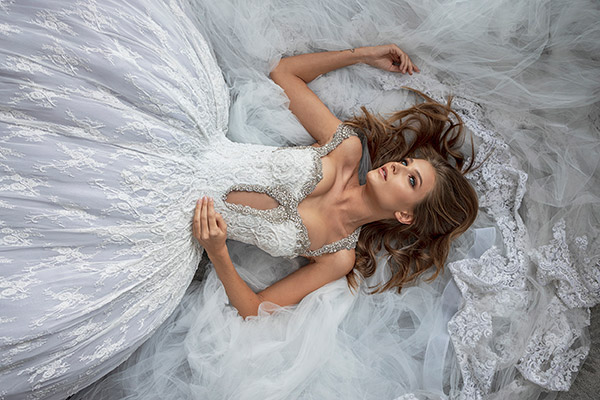
This technique or approach has served me very well during my career. Here is how it works. While on a portrait shoot, follow these three steps:
Step 1: Turn down the ambient. Obtain the right exposure on the background and then dial it down a bit so it becomes ½ stop or even ¾ of a stop darker.
Step 2: Use a modified flash or a reflector to direct soft light towards your subject. The balance of light between the subject and the background is up to you and what you like. I prefer my contrast to be subtle but still noticeable.
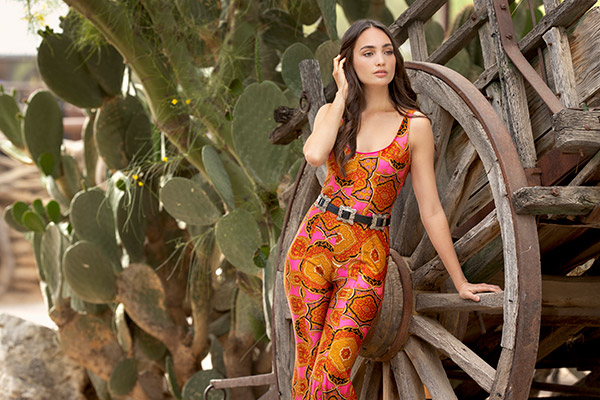
Step 3: Use a flash with a snoot or a very small light modifier to highlight something of your choosing on their face, clothes, or accessories. This adds a little kiss of light to draw the viewers’ attention exactly where you want it. It’s a fantastic technique to attempt. Definitely more advanced, but not overwhelming by any means. You simply need two flashes, one equipped with a soft box or beauty dish, and the other with a snoot. The results of this technique are a very painterly and elegant look.
Tip 4: The collapsible diffuser – The most versatile light modifier in the world
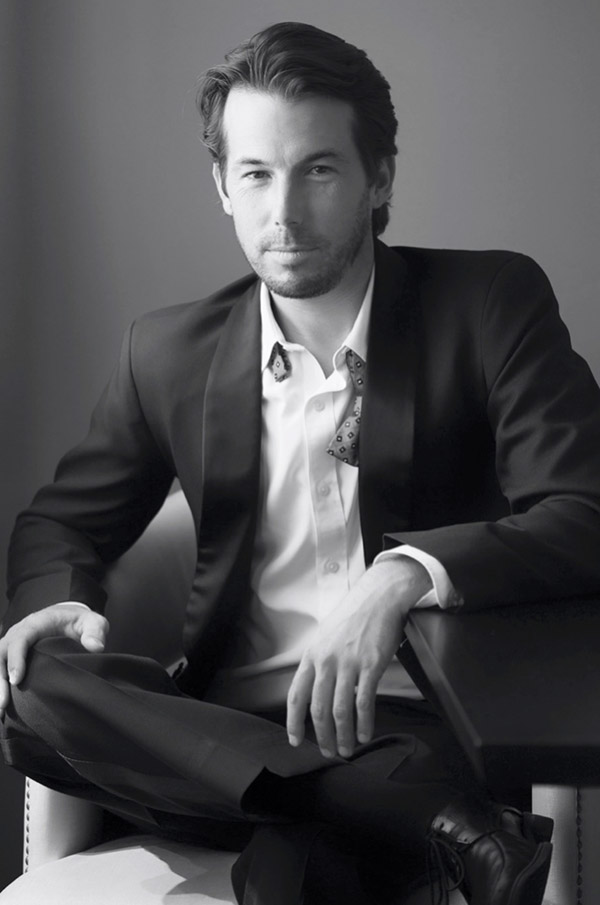
Hands down, there isn’t a more versatile light modifier than a simple collapsible diffuser. When paired with a flash, you can achieve the look of many light modifiers with only one. Unlike many modifiers built to be used with a flash where the distance between the flash and the diffuser is fixed, a collapsible diffuser allows you to change the distance between the flash and the diffuser as much as you want. A person simply holds the diffuser with their left hand, and a flash with their right hand.
By changing the distance between the flash and the diffuser, you are effectively creating different light-size sources. Hold the flash very close to the diffuser and you have a very small light source. Hold the flash as far as you can from the diffuser, and you now have a very large light source providing you with beautiful soft light. When done, simply collapse the diffuser and put it away inside your camera bag. It’s light, compact carrying size keeps your portable gear to a minimum but offers the greatest flexibility to manipulate light.
Tip 5: Make sure to use light to COMMUNICATE, not just to illuminate

During any of my lighting workshops and seminars, one element that I strongly emphasize to my students is the notion of using light to communicate something to the viewer, not just to illuminate the subject. Light, when well placed, will draw the viewer’s attention to where you chose! You are the photographer, it’s your message.
As you light your subject, don’t just be satisfied with a proper exposure. Instead, ask yourself “what do I want to say here” or “what aspect of the image do I want to feature”? Use light to communicate with your audience.
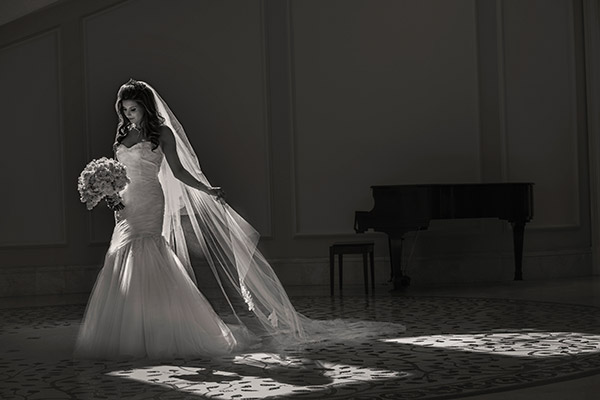
Think of it as a language. If you begin to try this approach during your shoots, you will notice your lighting will exponentially become more interesting to the people viewing your photographs. Now you are truly painting with light.
Roberto Valenzuela Bio
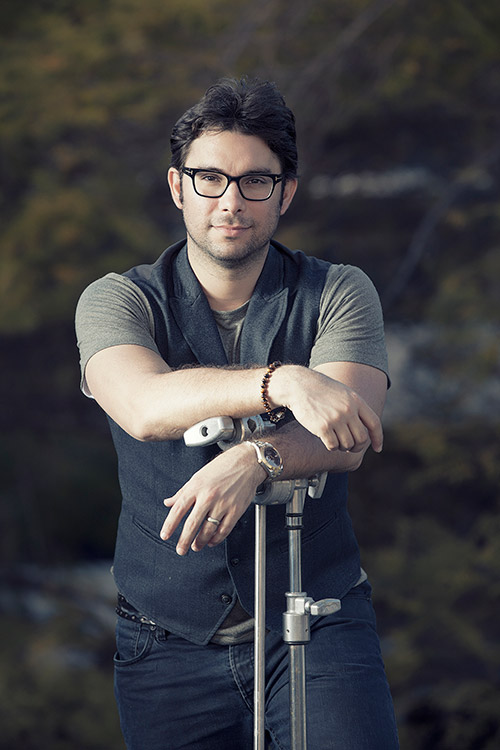
Roberto Valenzuela is a photographer, author, and educator based in Beverly Hills, CA and is a member of the prestigious Canon Explorers of Light program.
Roberto uses the same disciplined approach he has as a classical concerto guitarist to develop his skills as a professional photographer. His belief that “deliberate practice” is at the very core of “skill and achievement,” is also emphasized in his workshops and his collection of best-selling photography books.
He is an avid educator who has shared his skills and experience at large conventions and conferences around the world. He conducts private workshops on lighting, posing, and wedding photography and continues to write photographic business and technique books. Roberto has been nominated by his peers as one of the ten most influential photographers and educators in the world.
He has photographed major campaigns for Canon USA including the 5D Mark IV and most recently a global campaign for Canon’s EOS R5 and EOS R6 mirrorless cameras.
When he is not shooting or teaching, Roberto can be found in the kitchen creating a colossal mess while attempting to replicate the dishes he sees on The Food Network. As a dedicated student of the culinary arts, the only people to be served his gastronomic masterpieces to date are his wife Kim, and his son Lucas.
Roberto’s most recent book, titled The Successful Professional Photographer gives photographers the tools and knowledge on how to stand-out, get hired, and make real money as a portrait and wedding photographer.
Roberto also has a unique lighting conference with a heavy emphasis on a hands-on experience photographing agency models at a dude ranch in Tucson AZ. The Photo Creators Lighting Conference May 3rd to 6th 2021 will be taught by renowned photographers and educations such as Joel Grimes, Pratik Naik, Jennifer Rozenbaum, and Roberto Valenzuela.
See more of Robert's work at the links below:
https://www.robertovalenzuela.com/
https://www.thephotocreators.com/
https://www.facebook.com/Roberto-Valenzuela-Weddings-51136535100/
https://www.instagram.com/roberto_photo/?hl=en
https://www.youtube.com/user/robertophotography
https://rockynook.com/shop/photography/the-successful-professional-photographer/
- Log in or register to post comments
